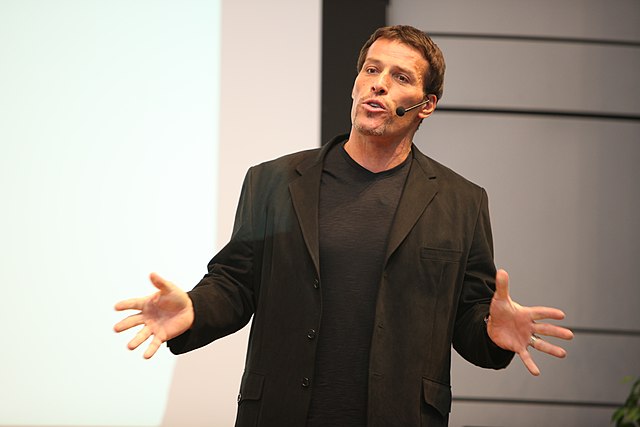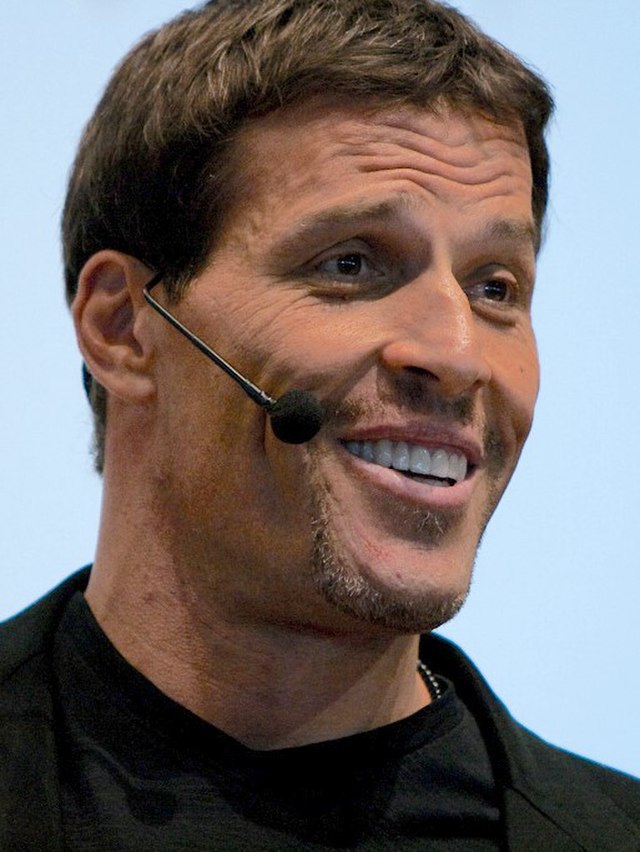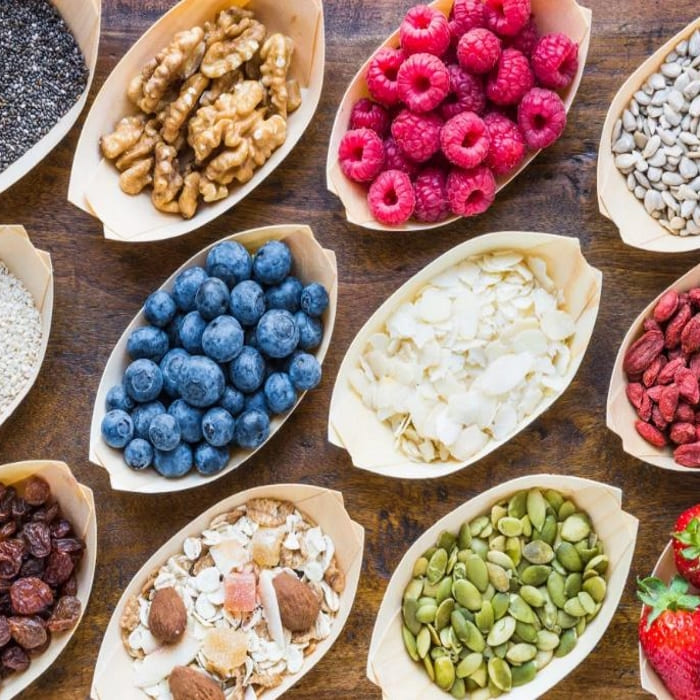How To Do The Cold Plunge

Understanding The Healing Power of Cold Exposure
Taking a dip in freezing water might not be everyone's thing, but for more and more people, the cold plunge is becoming a regular thing because of its wide range of health perks. From boosting dopamine levels and improving mental health to enhancing your sleep cycle and giving your immune system a boost, cold plunging is an excellent activity.
- Published: January 6, 2025
- Last Updated: January 22, 2025
- The Basics Of Cold Plunging
- The Benefits and Science of Cold Plunging
- Wim Hof & The Cold Plunge
- Insights from Wim Hof's Books
- Why Is Opting For The Cold Plunge Therapy An Excellent Idea
- Getting Ready for the Cold Plunge
- Surviving the Cold Plunge
- Managing Post-Plunge Care
- Andrew Huberman’s Approach To Cold Plunging
- Dr. Andrew Huberman's Insights on Cold Plunging and Ice Baths
- Popular Gear for Cold Plunges
- Andrew Wilkinson’s Take On Cold Water Therapy
- DIY Cold Plunge
- What Does Hailey Bieber Think About The Cold Plunge
-
-

The Basics Of Cold Plunging or Cold Exposure Therapy
Cold plunging or cold exposure is a simple and powerful method to boost overall well-being. By exposing the body to cold water, you can tap into a range of health benefits.
- Cold plunging involves sitting or swimming in cold water.
- Start with short durations in the cold and gradually increase as you get used to it.
- Breathing techniques can help manage the initial shock of the cold.
- Always ensure safety, especially when trying it for the first time or if you have health concerns.
With consistent practice, you can achieve improvements in physical and mental health. Remember to proceed with caution, respect your body’s limits, and enjoy the journey towards enhanced well-being.
-

The Benefits and Science of Cold Plunging
Cold plunging, or the practice of immersing oneself in cold water, has gained popularity due to its potential health benefits. Here are the benefits and their science, backed by research:
- Boosts Immune System: Cold exposure can enhance the immune system, increasing the production of white blood cells and other immune system cells that help fight off infection.
- Improves Circulation: Cold water causes blood vessels to constrict, which can improve cardiovascular circulation and contribute to overall heart health.
- Enhances Mood: Cold plunges can trigger the release of endorphins, the body’s natural painkillers and mood elevators, reducing the risk of depression and anxiety.
- Increases Metabolism: Exposure to cold can increase metabolic rate by forcing the body to work harder to maintain its core temperature, which can aid in weight loss.
- Improves Sleep: Regular cold plunging can improve sleep quality by helping lower body temperature and reducing stress levels.
- Reduces Inflammation: Cold exposure can reduce inflammation and soreness in muscles post-exercise, making it a popular recovery method for athletes. It may help reduce delayed onset muscle soreness (DOMS).
- Increases Stress Resilience: Regularly exposing the body to cold can improve the nervous system’s resilience to stress over time.
-

Wim Hof & The Cold Plunge
Known as “The Iceman,” Wim Hof is not just a fan of the cold plunge—he’s launched it into the mainstream. Hof’s method combines cold therapy, breathing techniques, and mental focus to use the power of the cold. He uses the cold plunge to boost the immune system, reduce stress levels, and enhance mental clarity.
“Breathing and using cold, through cold showers and experiences, provides a boost of performance compared to anything that would be possible if the person had not done that.”
Wim Hof -

Insights from Wim Hof’s Books
- “The Way of the Iceman: How the Wim Hof Method Creates Radiant Long-term Health”: Emphasizes the importance of cold showers and cold water immersion for better health, stating, “There is still every reason for healthy people to take cold showers, or swim outside in cold water. It gives you the feeling that you are alive.”
- “The Wim Hof Method: Activate Your Full Human Potential”: Discusses cold exposure as a stressor and its effect on stress control, highlighting, “Cold is a stressor, so if you are able to get into the cold and control your body’s response to it, you will be able to control stress.”
Wim Hof’s Top 10 reasons to take cold showers & ice baths
- Improved Immune System
- Better Blood Circulatio
- Higher Energy Levels
- Reduced Inflammation
- Enhanced Sleep Quality
- Regulated Stress Response
- Superior Mental Control
- Strengthened Mind-Body Connection
- Exceptional Focus
- Release of Happy Hormones
Wim Hof’s teachings and experiences encourage integrating cold plunging into daily life for health and vitality benefits. His work provides easy-to-follow guidance for those interested in starting their cold exposure journey.
-

Why Is Opting For The Cold Plunge Therapy An Excellent Idea
Choosing cold plunge therapy offers a range of benefits, from quick recovery to better immunity, making it an excellent choice for those seeking to improve their overall well-being.
- Accelerated recovery: Cold plunge therapy may aid in faster recovery from physical exertion or injury by promoting muscle repair.
- Revitalized energy: Immersing in cold water can energize the body, leaving you feeling refreshed and ready to take on the day’s challenges.
- Stress reduction: Cold plunge therapy can help reduce stress by triggering the body’s relaxation response
- Better immunity: Regular cold plunge sessions may strengthen the immune system, making it more resilient against illnesses and infections.
-

Getting Ready for the Cold Plunge
To master the cold plunge, follow these straightforward steps:
- Start Slow: Begin with short immersions in slightly cool water and gradually decrease the temperature over time as it’ll help your body adjust without shock.
- Consistency is Key: Make cold plunging a regular part of your routine. Even a quick dip daily can be more beneficial than occasional longer sessions.
- Breathe Deeply: Focus on slow, deep breaths to help control your body’s reaction to the cold. Deep breathing calms the mind and reduces the initial shock.
- Set a Timer: Initially, aim for 1-2 minutes in the cold plunge. As you become more accustomed, you can slowly increase your time, but listen to your body’s limits.
- Warm Up Afterwards: Warm up naturally through light exercise or by wrapping up in warm clothing. Avoid extreme heat sources immediately after to prevent shock to your system.
- Safety First: Never plunge alone if you’re new to this or have health concerns. Having someone nearby ensures safety in case you react strongly to the cold.
By following these steps, you’ll gradually become more comfortable and proficient with cold plunging, unlocking its health and wellness benefits.
-

Surviving the Cold Plunge
Now that you’ve prepared yourself mentally and physically, it’s time to take the plunge! Follow these steps to make the most of your cold water immersion experience:
- Focus on your breath: Always try to take slow, deep breaths as it can help calm your nervous system and regulate your heart rate, making the plunge feel more manageable.
- Move mindfully: Once you’re fully immersed in the cold water, move your body mindfully to encourage circulation and promote relaxation. You can gently sway from side to side and stretch your limbs to warm up your muscles.
- Stay positive: Keep a positive mindset throughout the plunge and remind yourself of the benefits you’re gaining from the experience.
-

Managing Post-Plunge Care
As you emerge from the cold water, you must take care of your body and support its recovery process. Follow these post-plunge steps to ensure a smooth transition back to warmth:
- Gradually warm up: Once you’ve completed your cold plunge, it’s essential to warm up your body gradually. Wrap yourself in a warm towel and allow your body to slowly return to its normal temperature.
- Hydrate and refuel: Drink plenty of water using HydroFlask to rehydrate your body, and consider enjoying a nutritious snack to refuel your muscles and support recovery.
- Practice self-care: Take a warm bath to soothe sore muscles, apply moisturizer to hydrate your skin, or simply take a few moments to relax.
-

Andrew Huberman’s Approach To Cold Plunging
Neuroscientist Andrew Huberman delves into the science behind the cold plunge, exploring how it affects the brain and body. By engaging in regular cold water immersion, Huberman looks to leverage the stress-adaptive benefits of the practice, aiming to enhance resilience, focus, and neurological health.
“If you dread cold showers or a cold plunge first thing in the morning, you stand to benefit more, not less from the long lasting adrenaline & dopamine increase it triggers.”
Andrew HubermanLearn more about the daily routine of Andrew Huberman.
-

Dr. Andrew Huberman’s Insights on Cold Plunging and Ice Baths
Andrew Huberman’s insights on cold plunging and ice baths, as discussed on his Huberman Lab Podcast episode, “Using Deliberate Cold Exposure for Health & Performance,” offer valuable guidance on incorporating this practice into fitness routines:
- Ice baths prior to weight lifting are deemed acceptable by Huberman. However, for individuals looking to maximize hypertrophy gains, he advises waiting four hours after lifting before taking an ice bath to avoid diminishing strength gains.
- Regarding cardiovascular training, Huberman suggests that ice baths can be used both before and after training sessions without adverse effects.
These recommendations from Dr. Huberman provide practical strategies for integrating cold plunging into workout routines to optimize health.
For more detailed insights on cold plunging and ice baths, listen to the full podcast here.
-

Popular Gear for Cold Plunges
Whether you’re an athlete looking to recover or simply seeking the benefits of cold therapy, taking a plunge into cold water has become a popular practice. Before you dive in, let’s make sure you have the essential gear you need.
- Cold Life Plunge: The Cold Life Plunge offers durability with its ultra-thick aluminum construction, making it lightweight and portable for use anywhere. It keeps water cold for several days without needing ice, and it comes with a one-year warranty.
- Cold Life Weatherproof Mat: The Cold Life Weatherproof Mat provides a stable surface for your cold plunge setup, ensuring safety and comfort during your immersion sessions.
- The Cold Pod—Portable Ice Bath: Designed for indoor or outdoor use, The Cold Pod offers a portable and excellent ice bath experience. Fully insulated and complete with a cover, it allows you to immerse yourself in cold water.
- Chlorine Maintenance Kit: Keep your cold plunge water clean and hygienic with a 6-month chlorine maintenance kit. This kit helps maintain water quality, preventing bacteria growth and ensuring a refreshing plunge every time.
- Ice bath thermometer: Precision matters when it comes to cold plunge therapy. An ice bath thermometer is essential for monitoring the water temperature, ensuring you’re plunging into the optimal cold plunge temperature for maximum benefits and safety.
- Microfibre towels: After embracing the cold, a quick and efficient warm-up is crucial. Microfibre towels are not only super absorbent but also quick-drying and lightweight, making them the perfect companion for your cold therapy journey.
Incorporating these accessories into your cold plunge routine can significantly enhance your experience, ensuring you enjoy the full spectrum of ice bath benefits.
-

Andrew Wilkinson’s Take On Cold Water Therapy
Entrepreneur Andrew Wilkinson credits cold plunge therapy for boosting his productivity and mental clarity. He incorporates cold water immersion into his daily routine as a way to start the day feeling refreshed.
“If with a friend or someone I’m getting to know, casual lunch or sauna/cold plunge is always fun.”
Andrew WilkinsonFind out more about Andrew Wilkinson’s daily routine here.
-

DIY Cold Plunge
Creating a DIY cold plunge at home is a great way to enjoy the benefits of cold water immersion without spending a lot of money. Here’s how you can set one up using simple and affordable materials:
- Choose Your Container:
- Option A: Large Tub or Bin: Look for a large, durable plastic tub or bin that can comfortably fit your body. It should be deep enough to allow you to submerge at least up to your chest when seated.
- Option B: Unused Bathtub: If you have a bathtub that’s seldom used, it can serve as an excellent cold plunge pool.
- Fill with Water:
- Use cold tap water to fill your chosen container. If your tap water isn’t very cold, you can still start with that and adjust the temperature as needed.
- Adjust the Temperature:
- Ice: To achieve the desired cold temperature, add bags of ice to the water. You might need a substantial amount of ice to get the water cold enough, especially if using a larger container or bathtub.
- Refrigeration Units: For a more consistent and longer-lasting solution, consider using a small submersible pump and a radiator with a fan attached to cool the water. This setup circulates water from the tub through the radiator, cooled by the fan, then back into the tub. However, this can be more complex and might require additional research and safety checks. This option should only be availed if you know your way around electricity and appliances.
- Safety First:
- Make sure to place your setup in a safe area where there is no risk of slipping or electrical hazards, especially if you’re experimenting with more complex cooling solutions.
- Maintenance:
- Change the water regularly to maintain cleanliness, especially if you’re not using any chemicals to keep the water clean.
- For a more sustainable solution, cover the tub when not in use to reduce evaporation and keep debris out.
- Gradual Exposure:
- Start with shorter immersion times and gradually increase as you become more accustomed to the cold. This helps your body adapt safely.
- Enjoy:
- Take the plunge! Remember, it’s all about acclimating your body gradually, so listen to how you feel and enjoy the refreshing benefits.
This setup is straightforward and allows for customization based on your needs and budget. Whether you’re using ice or a more advanced cooling system, the key is to start simple and adapt based on your experiences and preferences.
- Choose Your Container:
-

What Does Hailey Bieber Think About The Cold Plunge
Hailey Bieber embraces the cold for its beauty benefits and its boost to mental health. Her approach highlights the versatility of cold therapy, from enhancing skin health to enhancing the mind.
“Cold plunging has helped me a lot with anxiety and overall mood.”
Hailey BieberIf you want to learn more about Hailey Bieber’s daily routine, check it out here.
-










